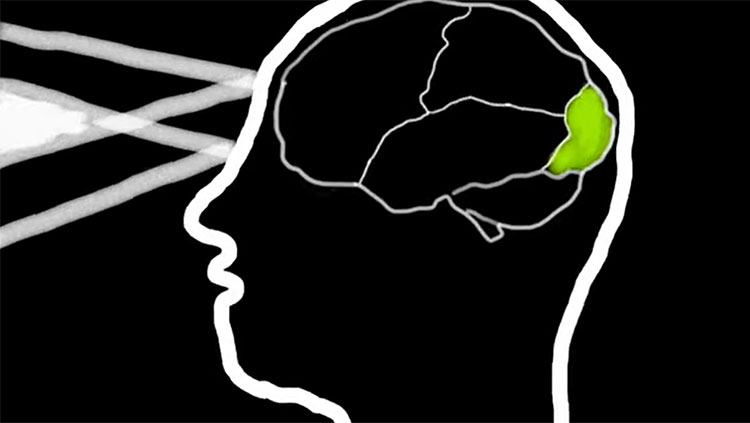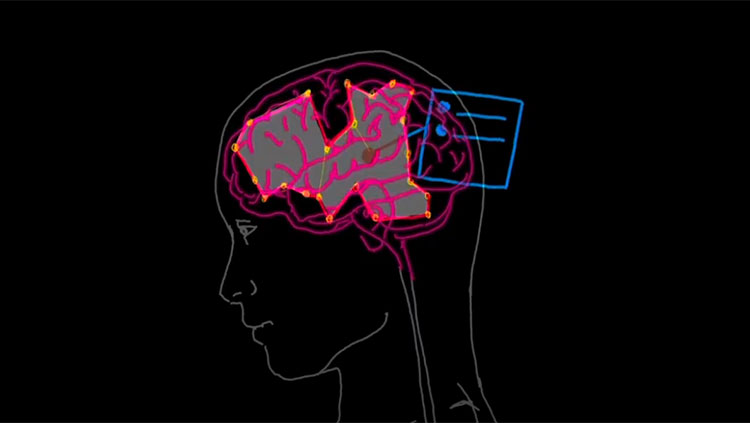Seeing Culture in Our Brain
- Published11 Sep 2019
- Source BrainFacts/SfN
Our culture affects what we eat, what we wear, and what language we speak. However, where we grow up in the world may also affect certain aspects of how our brains work.
This video is from the 2019 Brain Awareness Video Contest.
CONTENT PROVIDED BY
BrainFacts/SfN
Transcript
Here is a quick question: what do you think of when I say the word culture? You may think about people in different parts of the world who eat different kinds of foods, dress in different styles of clothes, and speak different languages. And if you think a little more beyond the superficial, you may also consider how they can have drastically different beliefs, world views, and may see the same thing differently.
In fact, cross-cultural psychology studies have revealed that when thinking about something, people who live in Western cultures such as North Americans and Europeans utilize an analytical style of thinking which focus on individual objects and separating parts from the whole. Whereas, people in Eastern cultures such as East Asians tend to use a holistic thinking style that focus on the overall pattern of things and how they exist in relationship with other things.
These cultural differences in thinking style even influence Western and Eastern people’s perceptual experiences. Looking at these two paintings for example, you can see the Western painting focus on a main figure while the Eastern painting portrays the overall environment rather than a central object or person.
When investigating this phenomenon in laboratories, researchers found when presented with a complex scene with a main object, Westerners’ eyes focus more on the main objects while East Asians’ eyes shift to the background environment soon after they inspected the main objects. After viewing, Westerners remember more details about the main objects and East Asians remember more about the background. This suggests Westerners attend to individual things and East Asians attend to relationships, just like their drawings, reflecting their analytical versus holistic thinking styles.
Therefore, another question arises: if culture shapes our perception, does this mean it can also shape our brain? The short answer is yes! But before we jump into the culture part, we need to know where our brain processes visual information.
Neuroscientists propose that our brain processes visual information in two streams. Beginning from the primary visual cortex, the dorsal stream tells us the location of things and how they move, and the ventral stream help us recognize what the things we are seeing are.
For our purpose of investigating culture and perception, we need to look at the ventral stream. In particular, the ventral visual cortex: a collection of brain tissues located across occipital, fusiform, inferior temporal, parahippocampal, and lingual regions. It can then be divided into many smaller regions, each responsible for recognizing different types of visual information.
For example, faces process in the fusiform face area. Scenes and environment are processed in the lingual landmark area. Knowing we have those different regions responsible for different visual information, we can now go back to our topic of culture and compare if those regions in Western and Eastern brains respond differently to stimulus.
Modern neuroimaging technology such as fMRI allow us to look at brain activities as people perform different tasks. Using this technique, researchers look at Western and East Asian people's brains while they look at either photos of human faces without background or photos of houses with background.
In agreement with previous behavior studies, Westerners’ fusiform face area shows significantly more activation than Asians’ when processing faces, suggesting they have a preference for a single focal object, such as an individual’s face, whereas East Asians’ lingual landmark area shows more activation when they look at scenes with environmental contexts, showing their preference for perceiving overall relationships.
Moreover, this effect of culture on our visual processing becomes increasingly robust with age, suggesting prolonged exposure to certain culture does influence our brain and let us think in the way of that culture. Therefore, next time when you think of culture, you may realize that, besides the exotic foods and clothes, culture is also something that can be embedded in our brain and profoundly influence how we interact with this beautiful world!
Also In Thinking & Awareness
Trending
Popular articles on BrainFacts.org







.jpg)









